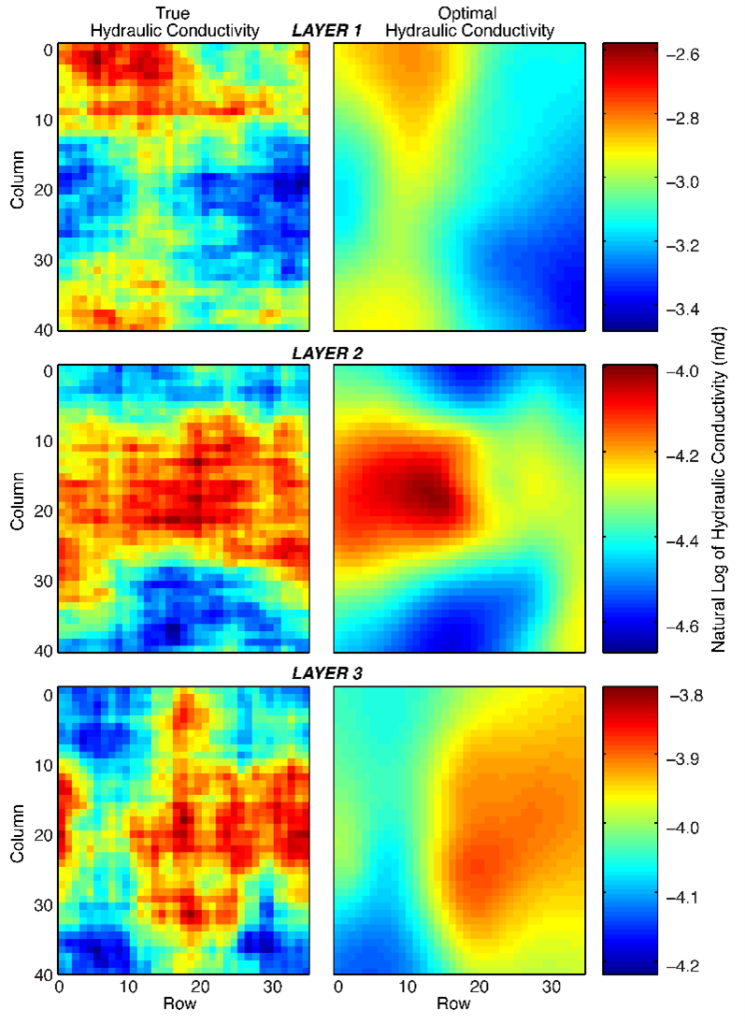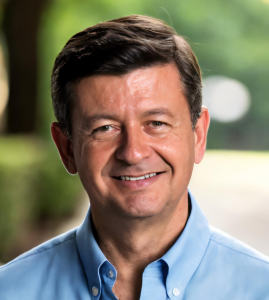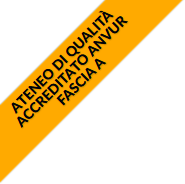PhD Course at the University of Parma – May 30 – June 3-6, 2025
Lecturer Prof. J. Jaime Gómez-Hernández
This short course aims at introducing the basic and theoretical concepts of Geostatistics, its main applications in estimation processes, uncertainty modelling and stochastic simulations. The course combines theory and practice, with the hands-on analysis of a case study. The attendees will be introduced to the open-source geostatistical package SGeMS (Stanford Geostatistical Modelling Software) that will be used during the practical exercises. The course is organized in remote video-lessons that the participants can follow independently within an accessibility period of three days. Every two/three lessons, practice sessions and tutoring will be held in person at the Campus of the Parma University by the teacher. The course is scheduled to run from May 30 to 6 June 2025 and the in person sessions will be held on June 3, 5 and 6, 2025.

Who is it for?
Mainly for PhD students in engineering and earth sciences. The contents are also of interest to postdocs and researchers active in the field of engineering, environmental sciences and water resources.
The PhD Course in Civil Engineering and Architecture of the University of Parma (Italy) will recognize 5 ECTS to those attending the classes and passing a final exam.
Geostatistics
Geostatistics is a branch of statistics focused on analyzing and describing stochastic processes characterized by spatial, temporal, or spatiotemporal variability with autocorrelation. Its origins stem from the practical need to model spatial patterns and estimate values in unsampled locations within the mining industry. Over time, geostatistics has expanded beyond interpolation to include stochastic simulation and uncertainty quantification. Today, it is widely applied across various fields, including engineering, earth and environmental sciences, and health sciences. Common applications include mining, topographic surveys, environmental studies, soil and groundwater pollution mapping, hydrology, ecology, agriculture, meteorology, public health, and epidemiology.
Course detailed Program
The course is organized in remote video-lessons that participants can follow independently within a three day access period. Every two/three lessons, practice sessions and tutoring will be held in person at the Campus of the Parma University by the teacher.
The schedule will be as follows (detailed Syllabus here):
| Friday 30 May – morning | SESSION 1 VIRTUAL. Introduction. Recall of univariate and bivariate statistics. The need of spatial statistics. 4 hours. |
| Friday 30 May – afternoon | SESSION 2 VIRTUAL. Characterization of spatial continuity. The variogram. Variogram models. 4 hours. |
| Tuesday 3 June – in-person at S.Elisabetta Congress centre 10:00-12:00 | SESSION 3 IN-PERSON. Q&A on Session 1. Introduction to SGeMS. Hands-on exercise on basic statistics calculation and variogram modeling. 2 hours. |
| Tuesday 3 June – afternoon | SESSION 4 VIRTUAL. Modeling spatial continuity. The random function model. Stationarity and ergodicity. The multiGaussian random function model. 2 hours. Tuesday afternoon. |
| Wednesday 4 June – morning and afternoon | SESSION 5 VIRTUAL. Estimation. Ordinary kriging. Other flavors of kriging. 6 hours. |
| Thursday 5 June – in-person at S.Elisabetta Congress Centre 10:00-13:00 | SESSION 6 IN-PERSON. Q&A on Sessions 3 and 4. Hands-on estimation exercise. 3 hours. |
| Thursday 5 June – afternoon | SESSION 7 VIRTUAL. Modeling local uncertainty. MultiGaussian kriging. Indicator kriging. Modeling global uncertainty. 3 hours. SESSION 8 VIRTUAL. Stochastic simulation. Sampling from a random function model. Sequential simulation. 3 hours. |
| Friday 6 June – in-person at S.Elisabetta Congress Centre 10:00-12:30 | SESSION 9 IN-PERSON. Q&A on Sessions 6 and 7. Hands-on simulation exercise. 2.5 hours. |
Venue
The lessons in person will take place at the Campus of the University of Parma, at the S.Elisabetta Congress Centre on Tuesday 3th June (10:00-12:00), Thursday 5th June (10:00-13:00), Friday 6th June (10:00-12:30), 2025.
Address: Parco Area delle Scienze, 43124, Parma, PR
Contact person
Prof. Maria Giovanna Tanda, Department of Architecture and Engineering, University of Parma (Italy), mariagiovanna.tanda@unipr.it .
Registration
The number of participants is limited to 30. Admission is prioritized for doctoral students of the University of Parma and those attending lectures in person. There is no registration fee for the course, but participants must cover their own travel and subsistence costs. Participants have to register before April 30st, 2025 at the following link: https://forms.gle/fv9QLcPPijM6G6WA6
Registrants will receive news about admission to the course by May 8th, 2025.
Attendee requirements
The course will be held in English. Course attendees are required to have available their own laptop for the practical exercises.
Course Lecturer: Professor J. Jaime Gómez-Hernández

Professor J. Jaime Gómez-Hernández received his Civil Engineering Degree from Universitat Politècnica de València on 1983, then he continued his studies at Stanford University where he got an MS. Sc. in Applied Hydrogeology on 1988 and a Ph. D. in Geostatistics on 1991. Upon his return to Spain, he joined the faculty of the School of Civil Engineering of the Universitat Politècnica de València where he became full professor of Hydrogeology in 2000. Currently, he is the head of the Hydrogeology Group of the Institute for Water and Environmental Engineering.
His research has focused in the fields of geostatistics, upscaling, stochastic simulation, inverse modeling, nuclear waste disposal, uncertainty quantification and stochastic hydrogeology. His list of publications can be consulted in Google Scholar (user=PBHrWdMAAAAJ), Orcid (0000-0002-0720-2196) or Scopus (7005555097). h-index: 47 (according to Google Scholar), Number of cites: 8845 (according to Google Scholar).
He has served as associate editor for the Journal of Hydrology, Hydrogeology Journal, Mathematical Geology and Spatial Statistics, currently belongs to the Editorial Board of Mathematical Geosciences, Advances in Water Resources, and Springer Nature Applied Sciences.
He has served as Secretary of the Hydrology Section of the European Geophysical Society; he has been Vicerrector of the Universitat Politècnica de València in two occasions and he has been Director General for Scientific and Technological Infrastructures for the Valencian Regional Government. Currently, he is President of the Geostatistics for Environmental Applications International Association (geoENVia). He has organized the 1988 and 2012 Conference on Geostatistcs for Environmental Applications, the 2010 IAHR Groundwater Symposium, the 2016 10th International Congress on Geostatistics, the 2019 Interpore Annual Congress, the 2019 AIH Annual Congress, and the 2019 AGU Chapman Conference on Aquifer sustainability. He received the Spanish Ministry of Education award to best civil engineer graduate of the class of 1983; he has been recognized as Excellent Reviewer, by the Editorial Boards of Water Resources Research and Advances in Water Resources, and as a Sentinel of Science in Environmental Science by Publons. He received the Centennial Prize to Teaching Assistants by Stanford University, and the Prize for Research in Waste Disposal by the Valencian Government.
In 2021 he was the Groundwater prize winner of the prestigious award Prince Sultan Bin Abdulaziz International Prize for Water. In 2022 he was the recipient of the Pioneer in Groundwater Award of the American Society of Civil Engineer (ASCE). He received the Research Award in Civil Engineering for his trajectory from the Technical University of Valencia in 2024


